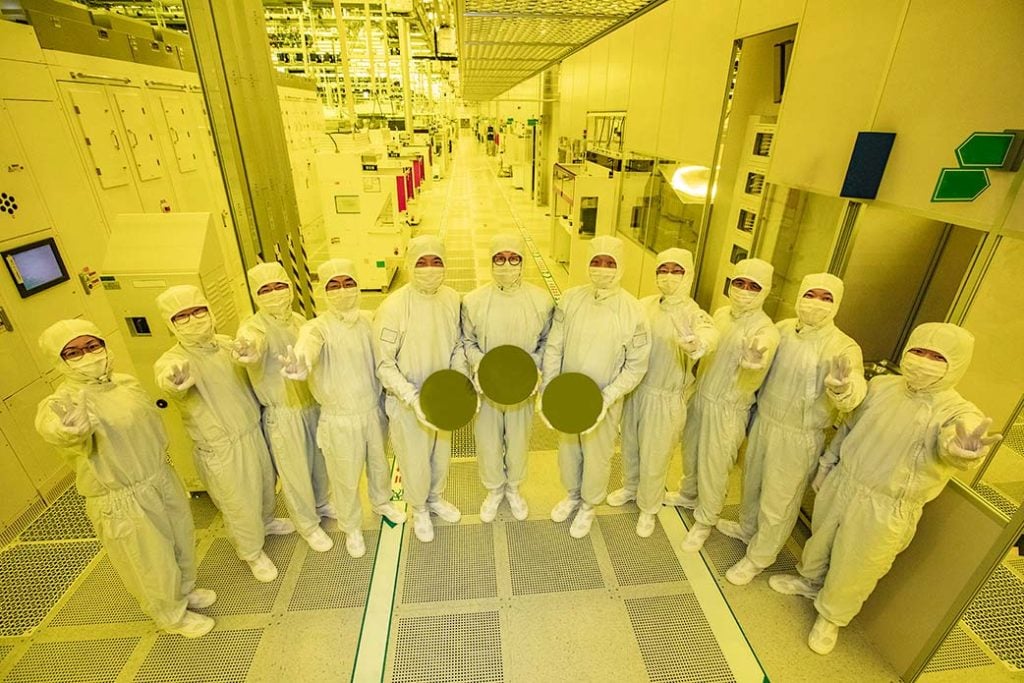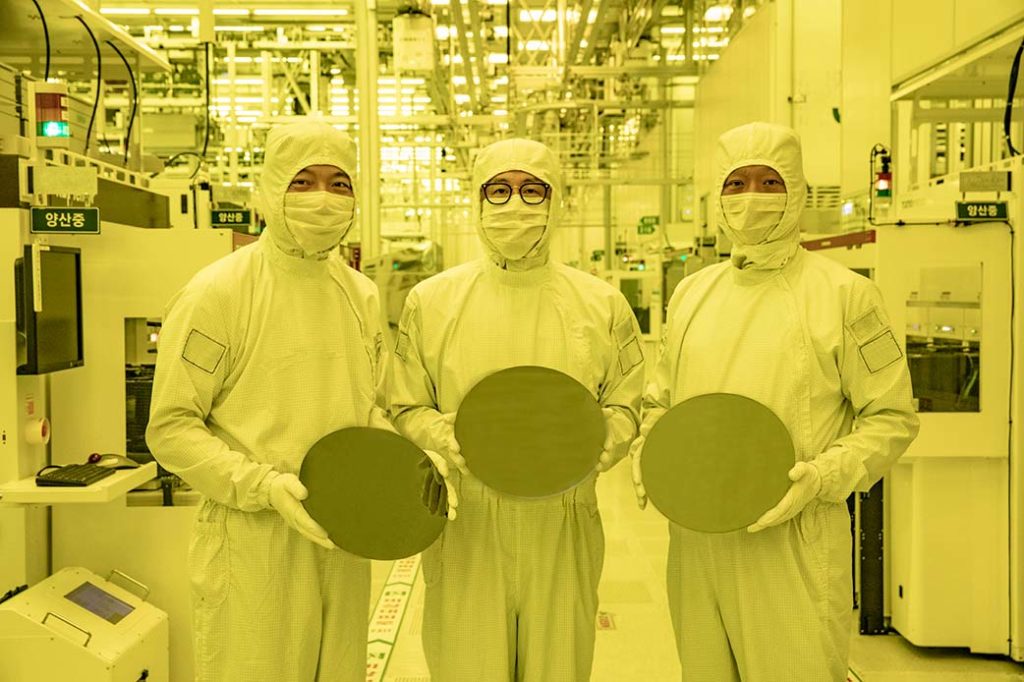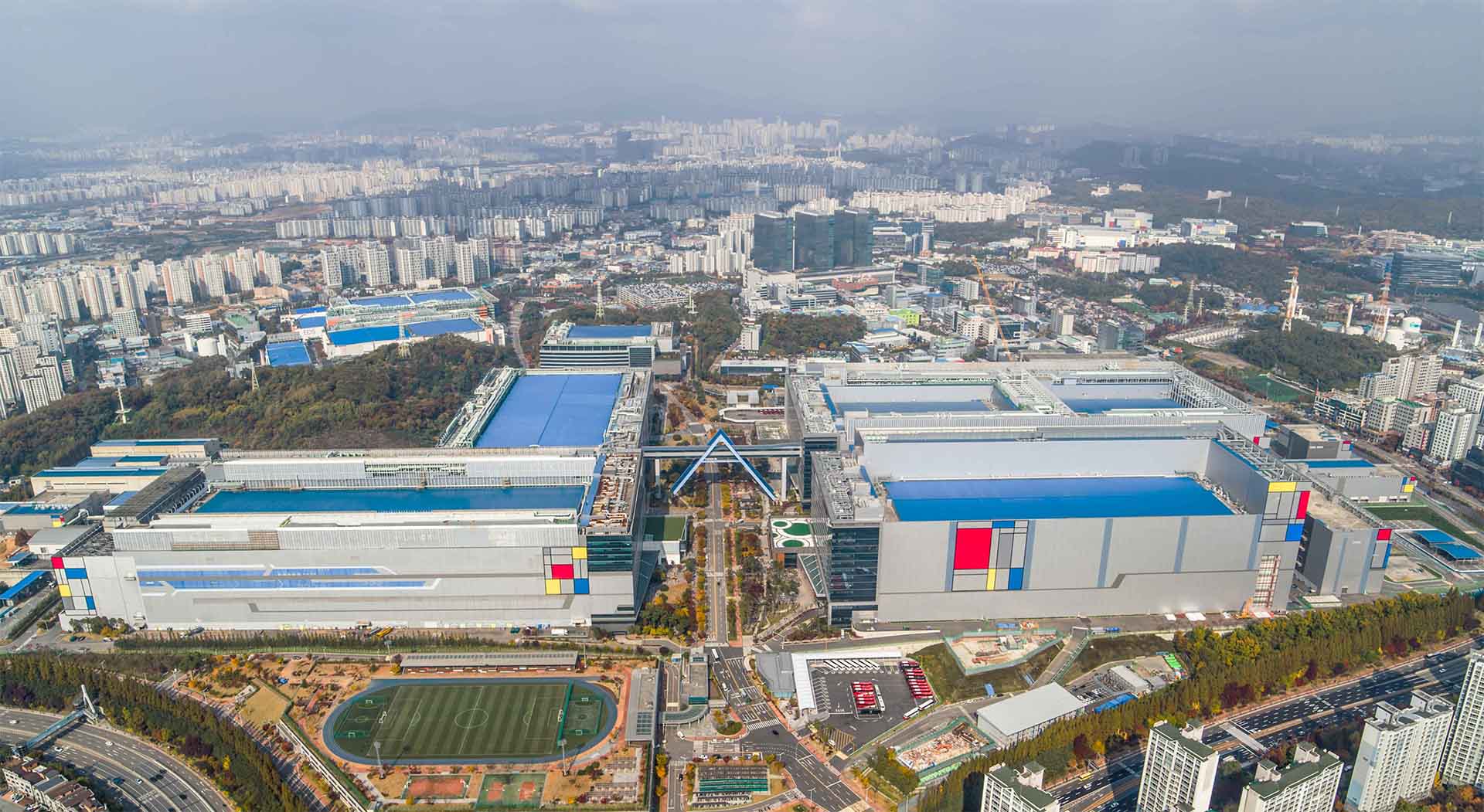With the launch of 3nm GAA chip mass production, Samsung gains ground on TSMC and presents a variety of benefits for various products and applications. The Korean manufacturer asserts that GAA technology overcomes FinFET constraints and intends to enhance manufacturing for smartphone SoCs.
Dr. Siyoung Choi, President and Head of Foundry Business at Samsung Electronics, enthusiastically announces the new architecture with the following remarks:
“Samsung has grown rapidly as we continue to demonstrate leadership in applying next-generation technologies to manufacturing, such as the foundry industry’s first High-K Metal Gate, FinFET, as well as EUV. We seek to continue this leadership with the world’s first 3nm process with the MBCFET™. We will continue active innovation in competitive technology development and build processes that help expedite achieving maturity of the technology.”

Samsung has devised an innovative method that makes use of both distinctive technology and larger channel nanosheets to mass fabricate 3nm GAA circuits
This approach offers improved performance and better energy efficiency compared to GAA technologies using nanowires with narrower channels. GAA provides increased design flexibility, allowing Samsung to provide PPA (Power, Performance, and Area) advantages.
When compared to its 5nm process, Samsung believes that its 3nm GAA technology may improve performance by 23%, reduce the area by 16%, and reduce power consumption by up to 45%. Even if a second-generation 3nm GAA manufacturing technique is being developed, Samsung inexplicably chose not to mention the variations from its 4nm process in the news release.
This second-generation method will allow for up to a 50% reduction in power usage, a 30% improvement in performance, and a 35% reduction in area. As we have documented, nothing has changed; things have become worse. Regarding the 3nm GAA yield %, Samsung has not made any comments. Reports state that the yield rate is between 10 to 20%, as opposed to 35% for Samsung’s 4nm.

Qualcomm is said to have secured space on Samsung’s 3nm GAA node in case TSMC runs across yield problems with its 3nm process. Samsung may get Qualcomm’s orders for upcoming Snapdragon chipsets if Qualcomm is pleased with hands-on demonstrations of the Korean company’s cutting-edge technology. TSMC may lose some business as a result.
For TSMC, it’s predicted that 3nm chip production would begin in large quantities later this year. For its upcoming M2 Pro and M2 Max SoCs, which are intended for a variety of Macs, Apple may be granted preference. Hopefully, Samsung would have considerably improved its iteration to rekindle old alliances.
also read:
Tesla has laid off more than 200 Employees in its Autopilot Division







